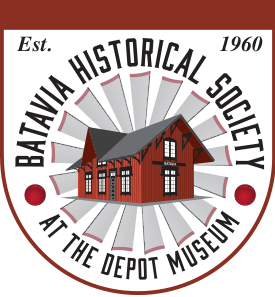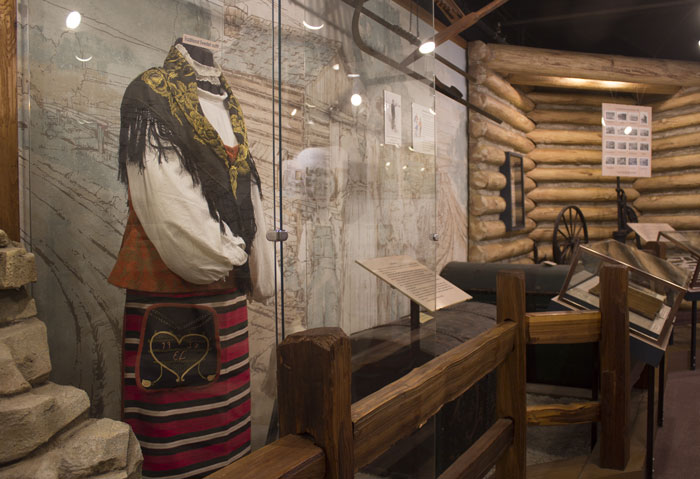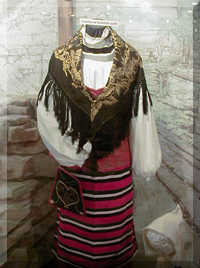The Batavia Depot Museum has many exhibits that delve into the rich history of the town. Here you will find a list of some of our additional exhibits from trains to schools.
Above is a list of a few more exhibits that the Depot Museum has to offer. Click on their titles to learn more.
Many of the first settlers to Batavia, Illinois, came from New York. By 1850, of the 892 people there, 337 had been born in New York. Many of these were of English and Netherlands descent.
Between 1860 and 1890, one-third of the population was foreign born. Perhaps as many as ten ethnic groups migrated to the area to take advantage of the job opportunities in the factories and the quarries.
In 1850, a large Irish population came to help build the railroads. They settled in the southeast part of the city in an area that became known as the “cabbage patch.” After the railroads were finished, they went to work in the quarries. Germans also came at about that time. Many of them went to work in the factories or on farms.
The first African-American families came about the time of the Civil War and gathered in the northeast area.
The year of the great migration was 1872 when many Swedes came to work in the quarries. Before 1869, there were only about five or six Swedish families in Batavia and about the same number of Norwegians. In 1871, the Swedish and Norwegian populations increased very rapidly. The previous jobs of these immigrants were eliminated when the factories in which they worked in Chicago were destroyed by the great fire. These two groups settled on the west side. A large number of people from Luxembourg immigrated at about this time as well.



